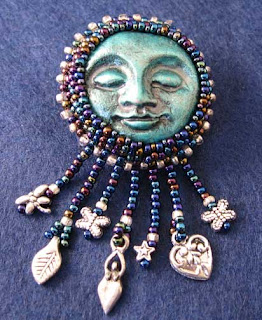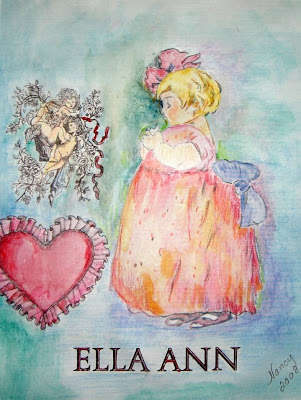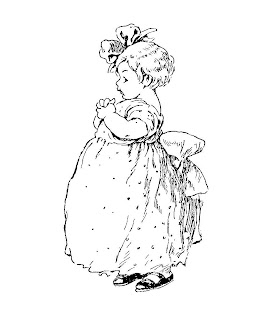This website,
Bead Making, gives an excellent tutorial on making beads using the Mokume Gane method of layering clays, alternating with a sheet of gold laminating paper.
If you are interested in the process of Japanese bead making using this silversmithing technique, this video is excellent to review and follow. Just click here:
Makume GaneI used that YouTube video to make about four dozen colorful blue, green, pink, gold and aqua beads. Following the steps in the video tutorial, here are my steps in making Makume Gane clay beads, shown in pictures:
First, I rolled five colors of Sculpey clay (available at craft stores for about $1 per cube, sale price) with my pasta maker machine. This machine saves your hands fro

m a workout, and thoroughly mixes the clay while taking out air bubbles at the same time. (Use any of the clay colors to make scrap balls which will be layered with the Makume Gane processed clay slices.)

Next, I layered five colors of clay together. Different colors can be created by mixing the clays from their primary colors originally purchased; this is how I made the aqua and the pink colors from the purchased

primary colors of clay.
Translucent clay is necessary to add to the layers of clay, because it gives a nice sheen to the finished bead. The translucent clay l
ooks white, so make sure you purchase the clay clearly marked "translucent".
The gold leaf sheet was added last, then folded over several times (
not in the pasta machine during this process) to make a stack of clays about 1/2 inch thick.
Then the stack of clays was shaved off to wrap around balls of clay. This makes the design on the covering of the previously molded bead from scrap clay. I made three differing sizes of beads. After trying to get them into uniform sizes, I learned that the trick is to take one round ball (again, scrap clay) which you have shaped, and cut it into two equal halves...ta da....each

ball will then be the same diameter after rolling. This shaping was done by hand, but there are various little machines to purchase if you think you are going to get into this hobby in a big way.
The colors I chose to make are some of my favorites, and will complemen

t some yarn recently received in a yarn swap on
Ravelry.
Next, a hole was bored through the bead with a T-pin (used in jewelry making), or a large needle could be used to make the center hole. When the beads looked symetrical after poking the center hole and with a litte more cylindrical or round reshaping, I placed them on foil and baked them on a cookie sheet in the oven for 25 minutes at 265 degrees. After baking and cooling, the beads were buffed with wet sandpaper a few times.

Then I sprayed the beads with acrylic spray several times to make a shiny surface.
I'm in the process of making earrings with these beads and will show more pictures of the finished beads in the next post. There are enough beads to make another watch band with earrings to match, similar to what was posted
a few weeks ago in this blog.
If this process sounds like work, I can only say that in my humble opinion (IMHO), it was a lot of fun. And it was rewarding to make beads in the colors I desired, while at a fraction of the cost to purchase ready-made beads. And I ended up with a slew of cool beads.








 Again, the
Again, the 







































 I plan on using all my watercolor skills on this little beauty, and will
I plan on using all my watercolor skills on this little beauty, and will